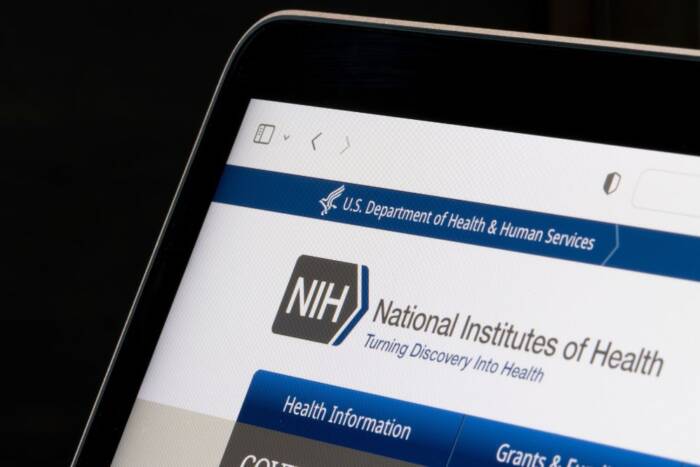Science and the stimulus
Editor’s note: Paul Nurse has asked Mike Young, vice president for academic affairs, to author this month’s president’s column, about how the federal stimulus package will affect the university. Dr. Young has been following developments at the National Institutes of Health that may influence the university’s grant revenue.
The American Recovery and Reinvestment Act of 2009, which Congress passed in February to help stimulate the economy, includes the largest allocation of funds for scientific research that the National Institutes of Health has ever received. Over the next two years, approximately $8 billion in special funding will be directed to scientists at the more than 3,000 institutions that conduct NIH research — including Rockefeller University.
Gila Budescu, the university’s director of sponsored research and program development, has been tracking developments related to the stimulus program with an eye toward identifying grant opportunities for Rockefeller researchers. The availability of this funding has the potential, at least in the short term, to ease some of the difficulties that have developed in the university’s budget as a result of the economic crisis that began last fall.
At this point, it looks like the majority of the NIH stimulus funding will be spent in two ways: through the existing Research Project Grant Program (often referred to as the R01 Program) and through supplemental grants.
Let’s start with the R01s. The NIH’s oldest grant program, historically used to fund large multiyear health-related research projects, R01s already make up a sizeable portion of the university’s financials: About half of the $64 million Rockefeller received from the NIH in 2008 was via 104 individual R01 grants. Investigators propose specific projects they wish to pursue and submit budgets outlining the costs involved; the projects are then peer reviewed and those judged especially meritorious are funded. The grants provide not only direct costs to the investigators for things like equipment, salaries and supplies, but also indirect costs for the university, which helps support the expenses involved in maintaining laboratory space and providing administrative staff.
The NIH plans to spend about $7 billion of its stimulus funding on R01s. In keeping with the intent of the stimulus act — to provide support that will help keep people employed and sustain local economies — they will focus on projects that they believe can make significant advances in a two-year time frame. Most of the funding will go to grants that have been previously reviewed but were not awarded because of earlier budget constraints. This will have an important side effect: As the backlog of outstanding unfunded grants shrinks, opportunities for new applications should improve. It is estimated that about 14,000 prior applications will now be funded.
The second stream of funds will be in the form of supplemental grants, which will offer new support to extend NIH-funded research projects that are already under way. The idea here is to accelerate the pace of scientific progress that is already starting to pay off. As a practical matter, it could help with the purchase of new equipment and extend funding for postdocs who are unable to move to new positions. Many of these awards will be specific to the particular NIH institutes; those already holding NIH grants should check with the relevant institute to learn about specialized supplemental opportunities that may be available.
Several other smaller programs are also part of the stimulus act. A small amount of additional money — some $100 to $200 million — will go to fund new two-year “challenge grants,” which will support high-risk, cutting edge projects with short durations. (Though the challenge grant program has been widely advertised, its impact is in fact likely to be small, as only about 200 applications will be funded and the competition ranges over 200 areas.) There is also some funding available for things like specialized improvements to shared facilities and the purchase of high-end instruments. In addition, there’s $2 billion in stimulus funding going to the National Science Foundation, which they intend to use to accelerate the funding of highly rated grant proposals that are already in the queue.
It’s still a bit early to know what the impact of all this will be at Rockefeller, though it seems likely that some grants that might otherwise not have been funded this year will be. Gila and her staff are working with principal investigators to identify opportunities to apply for supplemental funding and to expedite applications that can be conducted within a two-year time frame.


